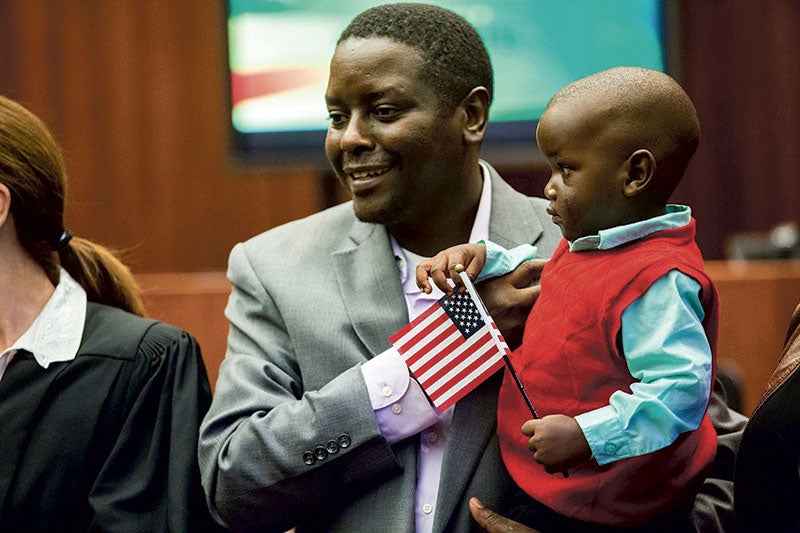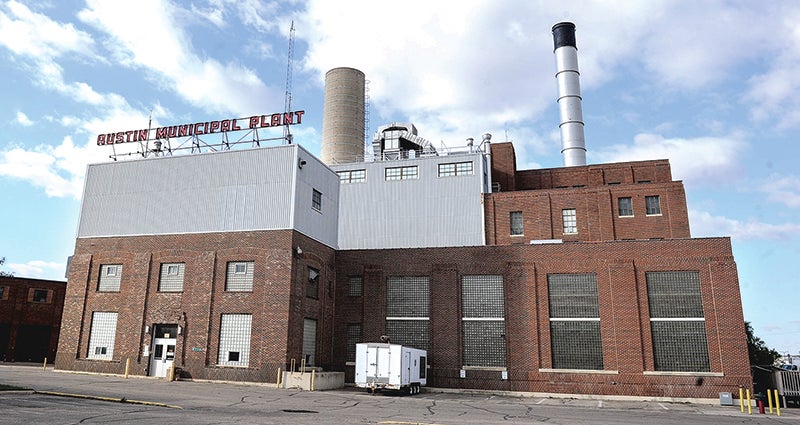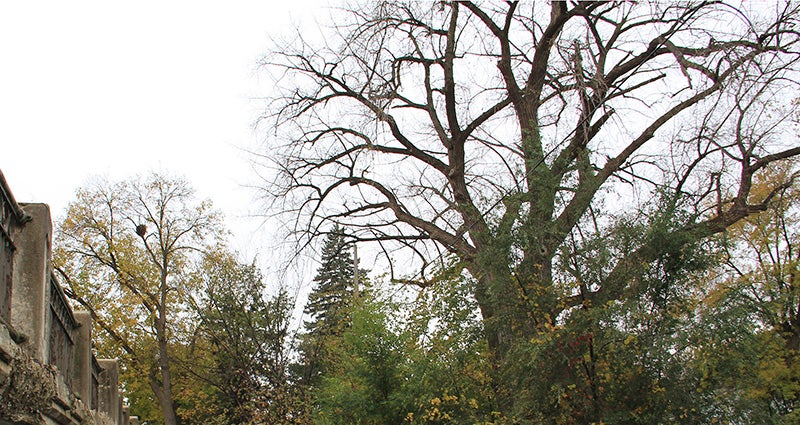Refugee or migrant? Here’s the primer
Published 7:18 am Friday, September 25, 2015
By Katie Kather
St. Paul Pioneer Press
ST. PAUL — Minnesota has a long history of resettlement of refugees, dating back to World War II, according to the Minnesota Department of Human Services.
Now, tens of thousands of people from the Middle East and Africa are seeking safety in Europe at great risk. Many of them are from Syria; many will make their way to America.
President Barack Obama announced last week that the United States plans to accept 10,000 Syrian refugees in the coming year.
So what does this all mean for Minnesota, and what is a refugee anyway?
What is a refugee
The terms refugee and migrant have been used interchangeably to describe the crisis in Europe, but are they the same?
A refugee is someone who “owing to a well-founded fear of being persecuted for reasons of race, religion, nationality, membership of a particular social group or political opinion, is outside the country of his nationality, and is unable to, or owing to such fear, is unwilling to avail himself of the protection of that country,” according to the 1951 Refugee Convention from the United Nations.
Basically, refugees are those forced to leave their country to escape war, persecution or natural disaster.
The United Nations High Commissioner for Refugees defines a migrant as someone who chooses to move in order to improve the future prospects of themselves and their families.
What is happening in Syria?
Syria is in its fifth year of a brutal civil war that has led to 4 million Syrians seeking refuge in Turkey, Lebanon, Iraq, Jordan and Egypt. More than 11 million Syrians have been internally displaced, meaning they can no longer live in their homes, but still live in the country. Now, many Syrian refugees are fleeing to Europe.
The UNHCR says that a quarter of Syria’s schools and half the country’s hospitals have been destroyed in the conflict. The situation has been called the worst humanitarian disaster of our time.
The Minneapolis-based international nonprofit American Refugee Committee works in Syria, responding to violence against women and girls, providing water, sanitation and hygiene infrastructure and support the distribution of emergency items.
What refugees live in Minnesota?
Among the groups that have made Minnesota home are Bhutanese from the former Soviet Union, Hmong from Laos, Iraqis, Karen from Burma, Liberians and Somalis. Last year alone, about 2,000 refugees were settled in Minnesota, according to the Department of Human Services.
Minneapolis is home to more Somalis than any other U.S. city and St. Paul has the largest Hmong community in the United States, according to Richfield-based resettlement agency Arrive Ministries.
How do refugees end up here?
Arrive Ministries outlines a 13-step process that all refugees must go through before they come to the U.S. (http://arriveministries.org/who-we-serve/about-refugees-asylees/the-refugee-process/).
In short, each refugee who comes to the United States goes through a series of agencies including the UNHCR, the U.S. Embassy, the State Department, the FBI and the CIA.
All refugees are then resettled through an agency that has a contract with the federal government to provide basic services for refugees during their first 90 days on American soil.
In Minnesota, those agencies are:
— International Institute of Minnesota;
— Arrive Ministries;
— Minnesota Council of Churches Refugee Services;
— Catholic Charities Diocese of St. Paul Migration and Refugee Services/Catholic Charities Diocese of Winona Refugee Resettlement Program;
— Lutheran Social Services.
Katie Kather can be reached at 651-228-5006. Follow her at twitter.com/ktkather.
Distributed by Tribune Content Agency, LLC.




